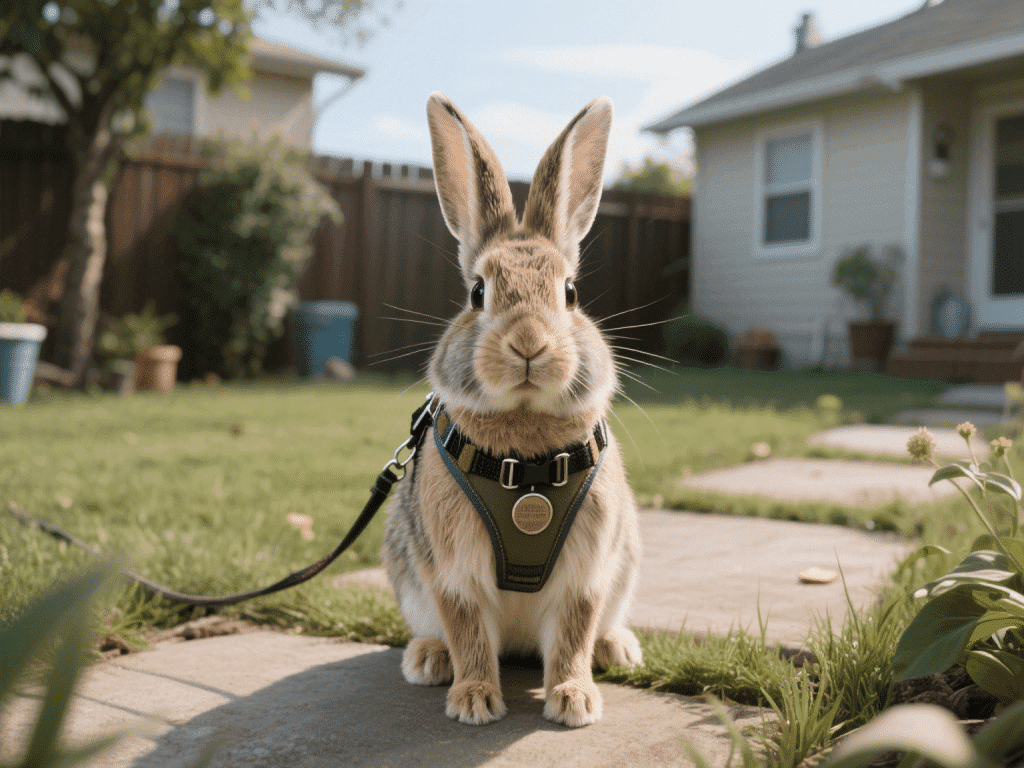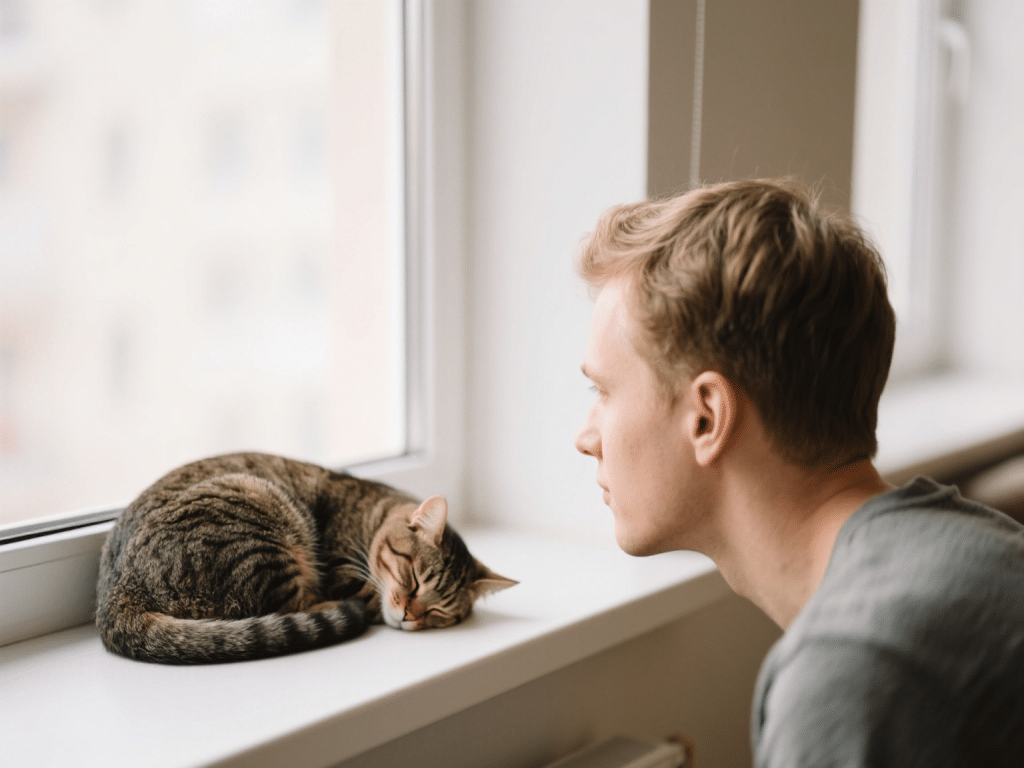Tailoring Exercise Plans for Overweight Cats

Obesity affects up to 60% of domestic cats, predisposing them to diabetes, arthritis, and hepatic lipidosis. As a certified feline behaviorist and nutrition consultant, I’ve designed progressive exercise regimens that combine fun, safety, and measurable results. Below is a comprehensive six-week program tailored for overweight cats, integrating environmental modifications, play routines, and monitoring metrics.
Week 1–2: Environmental Activation
Vertical spaces: Install low wall-mounted shelves at 1–2 ft heights to encourage gentle climbing.
Food puzzles: Replace bowls with treat-dispensing toys; aim for 15 minutes of active foraging per meal.
Track baseline activity by counting voluntary climbs and puzzle interactions daily.
Week 3–4: Interactive Play Introduction
Wand toys: Engage in two 5-minute sessions daily, moving wand horizontally to mimic prey.
Laser pointer: Limit to 3-minute sessions with tangible reward at end (small treat) to prevent frustration.
Record session frequency and cat’s response (chases, pounces) to adjust difficulty.
Week 5–6: Strength and Endurance Building
Fetch with soft toys: Toss light toys up short stairs or onto low furniture—encourages vertical jumps.
Treat sortie: Scatter dry kibble around a room to promote searching behavior over 10–15 minutes.
Monitor weight weekly; aim for 1–2% body weight reduction per month under veterinary guidance.
Safety and Motivation Tips
Avoid high-impact jumps for cats over 12 lbs; substitute floor-level reaching games.
Positive reinforcement: Always end sessions on success; praise and small treats maintain motivation.
Consistency: Exercise five days per week; allow two rest days to prevent overexertion.
Conclusion:
Structured, gradual exercise programs—blending environmental enrichment and interactive play—are key to safe feline weight loss. By tracking progress and adjusting activities, you’ll see your cat regain a healthy silhouette and vitality.









Comments on "Tailoring Exercise Plans for Overweight Cats" :